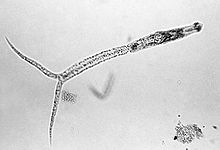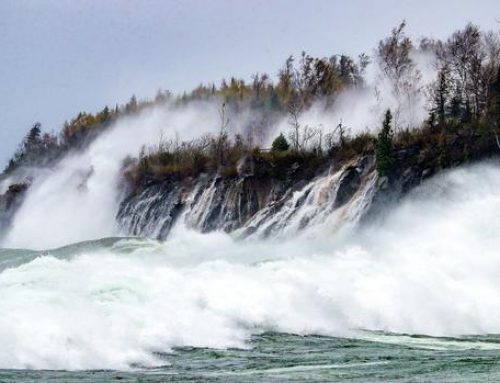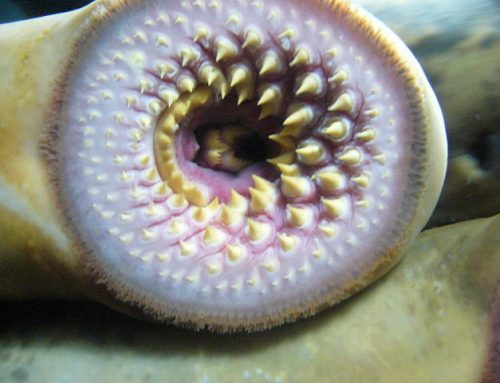If you have spent a lot of time in the water throughout your life then you have probably encountered swimmers itch. Swimmers itch is a common problem that can affect anybody that enters the water where the flatworm’s desired hosts reside in high numbers. Flatworms are small creatures that mistakenly burrow into your skin and then die, causing the itchy red bumps that appear on our skin. Flatworms are a natural part of the marine environment however can be a nuisance if they chose you as their ill fated host.
Dr. William W. Cort in 1928 at the University of Michigan Biological Station on Douglas Lake in northern Michigan discovered the tiny, water-borne parasites cause swimmer’s itch. Flatworms have a complex life cycle involving various other hosts such as waterfowl, rodents and snails. If they end up inside you it is not their intention and because you are not the host flatworms were designed to live inside they end up dying quickly. As they die the create the welts on the skin as the bodies immune system tries to remove the foreign invaders corpse from your skin. In nature a flatworm larva is consumed by various species of waterfowl or rodents, where they mature in the veins surrounding the intestines. Once mature the flatworm lays eggs inside the intestine which are then ejected into the water by the host. When the eggs hatch they look for snail to get inside and complete the life cycle. Inside the snail they create more larval flatworms which then burrow their way out of the snail and back into the water in search for waterfowl, completing the cycle. It is when these larvae leave the snail in search of the next host that they can sometimes encounter humans by mistake and choose you as the host instead resulting in the death of the warm and severe itch to develop on your skin. Interestly adult flatworms can live for several years producing hundreds of thousands of eggs!
Thankfully swimmers itch is not communicable or fatal and the symptoms can be managed with antihistamines for swelling and steroid creams for the welts. Any medication should be discussed with your doctor prior to ingestion or application.
Preventing swimmers itch comes down to a few tips. You want to avoid swimming for long periods of time in the shallow water near shore, especially if the wind is blowing from the lake onto shore. Steering clear of areas that have heavy waterfowl populations is good precaution to take, avoiding their hosts helps them avoid you! Toweling off immediately and regularly can brush the larva off your skin before they have a chance to burrow in.
With a little knowledge and precaution you can avoid this unsightly summer problem and enjoy the great outdoors to its fullest.
Photo Credit To: Center For Disease Control






